Complete Data Science Training with Python for Data Analysis
Loại khoá học: Development
Beginners python data analytics : Data science introduction : Learn data science : Python data analysis methods tutorial
Mô tả
Complete Guide to Practical Data Science with Python: Learn Statistics, Visualization, Machine Learning & More
THIS IS A COMPLETE DATA SCIENCE TRAINING WITH PYTHON FOR DATA ANALYSIS:
It's A Full 12-Hour Python Data Science BootCamp To Help You Learn Statistical Modelling, Data Visualization, Machine Learning & Basic Deep Learning In Python!
HERE IS WHY YOU SHOULD TAKE THIS COURSE:
First of all, this course a complete guide to practical data science using Python...
That means, this course covers ALL the aspects of practical data science and if you take this course alone, you can do away with taking other courses or buying books on Python-based data science.
In this age of big data, companies across the globe use Python to sift through the avalanche of information at their disposal. By storing, filtering, managing, and manipulating data in Python, you can give your company a competitive edge & boost your career to the next level!
THIS IS MY PROMISE TO YOU:
COMPLETE THIS ONE COURSE & BECOME A PRO IN PRACTICAL PYTHON BASED DATA SCIENCE!
But, first things first, My name is MINERVA SINGH and I am an Oxford University MPhil (Geography and Environment), graduate. I recently finished a PhD at Cambridge University (Tropical Ecology and Conservation).
I have several years of experience in analyzing real-life data from different sources using data science-related techniques and producing publications for international peer-reviewed journals.
Over the course of my research, I realized almost all the Python data science courses and books out there do not account for the multidimensional nature of the topic and use data science interchangeably with machine learning...
This gives the student an incomplete knowledge of the subject. This course will give you a robust grounding in all aspects of data science, from statistical modelling to visualization to machine learning.
Unlike other Python instructors, I dig deep into the statistical modelling features of Python and gives you a one-of-a-kind grounding in Python Data Science!
You will go all the way from carrying out simple visualizations and data explorations to statistical analysis to machine learning to finally implementing simple deep learning-based models using Python
DISCOVER 12 COMPLETE SECTIONS ADDRESSING EVERY ASPECT OF PYTHON DATA SCIENCE (INCLUDING):
• A full introduction to Python Data Science and powerful Python driven framework for data science, Anaconda
• Getting started with Jupyter notebooks for implementing data science techniques in Python
• A comprehensive presentation about basic analytical tools- Numpy Arrays, Operations, Arithmetic, Equation-solving, Matrices, Vectors, Broadcasting, etc.
• Data Structures and Reading in Pandas, including CSV, Excel, JSON, HTML data
• How to Pre-Process and “Wrangle” your Python data by removing NAs/No data, handling conditional data, grouping by attributes, etc.
• Creating data visualizations like histograms, boxplots, scatterplots, bar plots, pie/line charts, and more!
• Statistical analysis, statistical inference, and the relationships between variables
• Machine Learning, Supervised Learning, Unsupervised Learning in Python
• You’ll even discover how to create artificial neural networks and deep learning structures...& MUCH MORE!
With this course, you’ll have the keys to the entire Python Data Science kingdom!
NO PRIOR PYTHON OR STATISTICS/MACHINE LEARNING KNOWLEDGE IS REQUIRED:
You’ll start by absorbing the most valuable Python Data Science basics and techniques...
I use easy-to-understand, hands-on methods to simplify and address even the most difficult concepts in Python.
My course will help you implement the methods using real data obtained from different sources. Many courses use made-up data that does not empower students to implement Python-based data science in real life.
After taking this course, you’ll easily use packages like Numpy, Pandas, and Matplotlib to work with real data in Python.
You’ll even understand deep concepts like statistical modelling in Python’s Statsmodels package and the difference between statistics and machine learning (including hands-on techniques).
I will even introduce you to deep learning and neural networks using the powerful H2o framework!
With this Powerful All-In-One Python Data Science course, you’ll know it all: visualization, stats, machine learning, data mining, and deep learning!
The underlying motivation for the course is to ensure you can apply Python-based data science on real data and put into practice today. Start analyzing data for your own projects, whatever your skill level and IMPRESS your potential employers with actual examples of your data science abilities.
HERE IS WHAT THIS COURSE WILL DO FOR YOU:
This course is your one shot way of acquiring the knowledge of statistical data analysis skills that I acquired from the rigorous training received at two of the best universities in the world, a perusal of numerous books and publishing statistically rich papers in renowned international journal like PLOS One.
This course will:
(a) Take students without a prior Python and/or statistics background from a basic level to performing some of the most common advanced data science techniques using the powerful Python-based Jupyter notebooks.
(b) Equip students to use Python for performing different statistical data analysis and visualization tasks for data modelling.
(c) Introduce some of the most important statistical and machine learning concepts to students in a practical manner such that students can apply these concepts for practical data analysis and interpretation.
(d) Students will get a strong background in some of the most important data science techniques.
(e) Students will be able to decide which data science techniques are best suited to answer their research questions and applicable to their data and interpret the results.
It is a practical, hands-on course, i.e. we will spend some time dealing with some of the theoretical concepts related to data science. However, the majority of the course will focus on implementing different techniques on real data and interpret the results. After each video, you will learn a new concept or technique which you may apply to your own projects.
JOIN THE COURSE NOW!
#data #analysis #python #anaconda #analytics
Bạn sẽ học được gì
Python data analytics - Install Anaconda & Work Within The iPytjhon/Jupyter Environment, A Powerful Framework For Data Science Analysis
Python Data Science - Become Proficient In Using The Most Common Python Data Science Packages Including Numpy, Pandas, Scikit & Matplotlib
Data analysis techniques - Be Able To Read In Data From Different Sources (Including Webpage Data) & Clean The Data
Data analytics - Carry Out Data Exploratory & Pre-processing Tasks Such As Tabulation, Pivoting & Data Summarizing In Python
Become Proficient In Working With Real Life Data Collected From Different Sources
Carry Out Data Visualization & Understand Which Techniques To Apply When
Carry Out The Most Common Statistical Data Analysis Techniques In Python Including T-Tests & Linear Regression
Understand The Difference Between Machine Learning & Statistical Data Analysis
Implement Different Unsupervised Learning Techniques On Real Life Data
Implement Supervised Learning (Both In The Form Of Classification & Regression) Techniques On Real Data
Evaluate The Accuracy & Generality Of Machine Learning Models
Build Basic Neural Networks & Deep Learning Algorithms
Use The Powerful H2o Framework For Implementing Deep Neural Networks
Yêu cầu
- Be Able To Use PC At A Beginner Level, Including Being Able To Install Programs
- A Desire To Learn Data Science
- Prior Knowledge Of Python Will Be Useful But NOT Necessary
Nội dung khoá học
Viết Bình Luận
Khoá học liên quan

Đăng ký get khoá học Udemy - Unica - Gitiho giá chỉ 50k!
Get khoá học giá rẻ ngay trước khi bị fix.

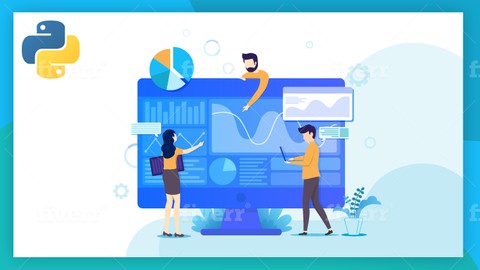
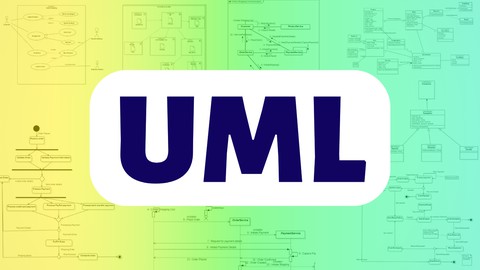
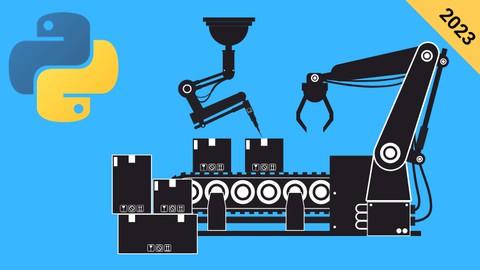


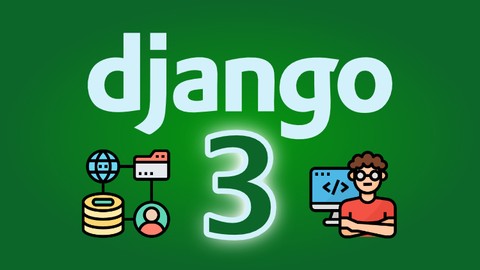
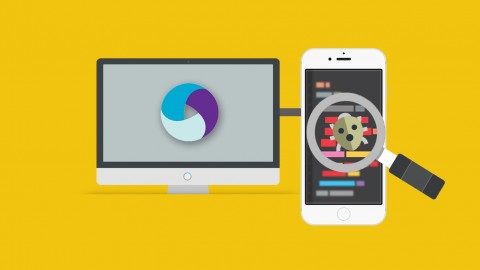



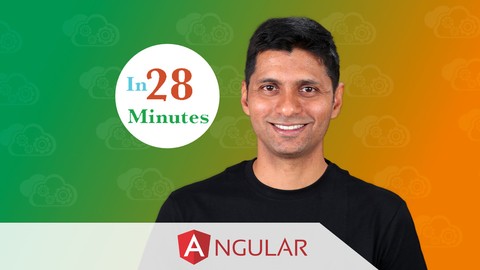
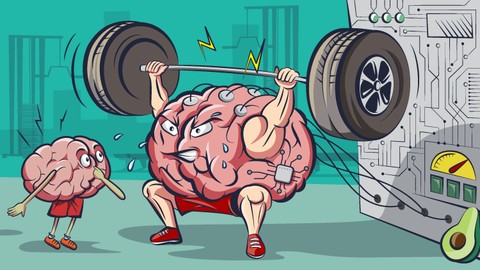

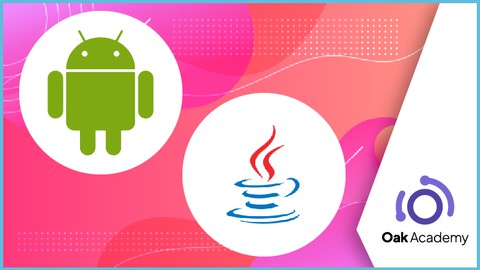



Đánh giá của học viên
Bình luận khách hàng